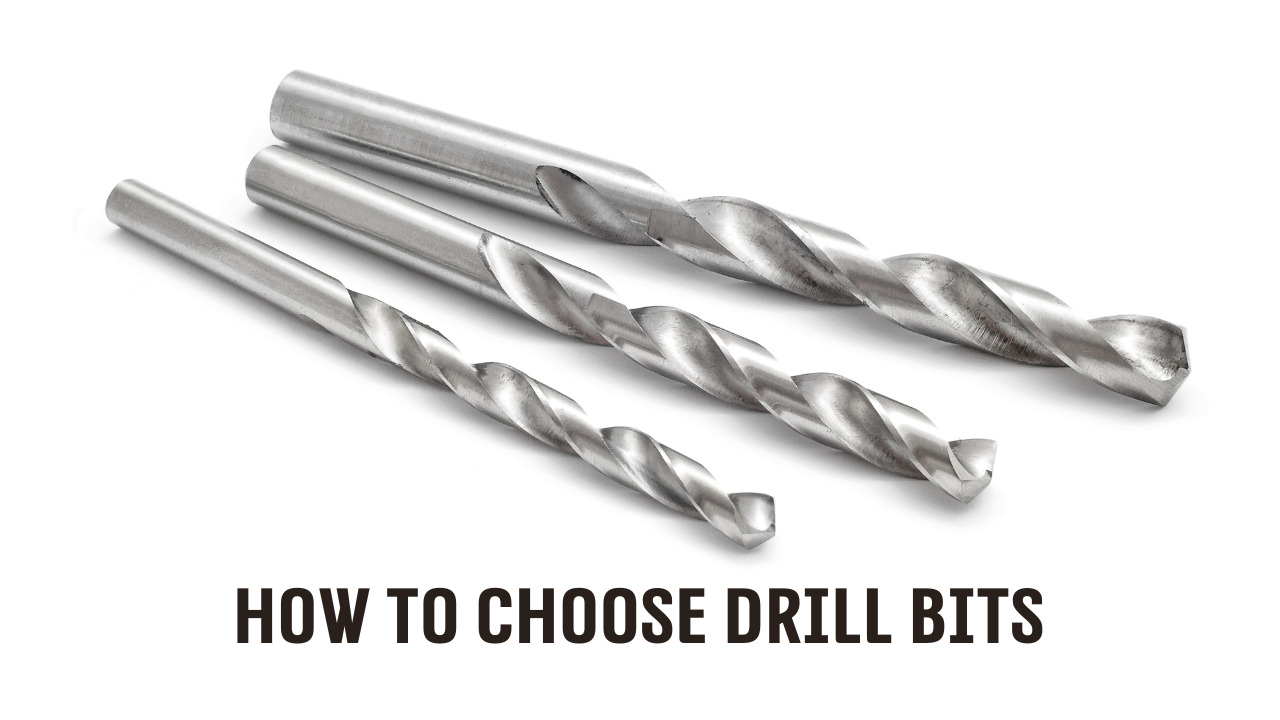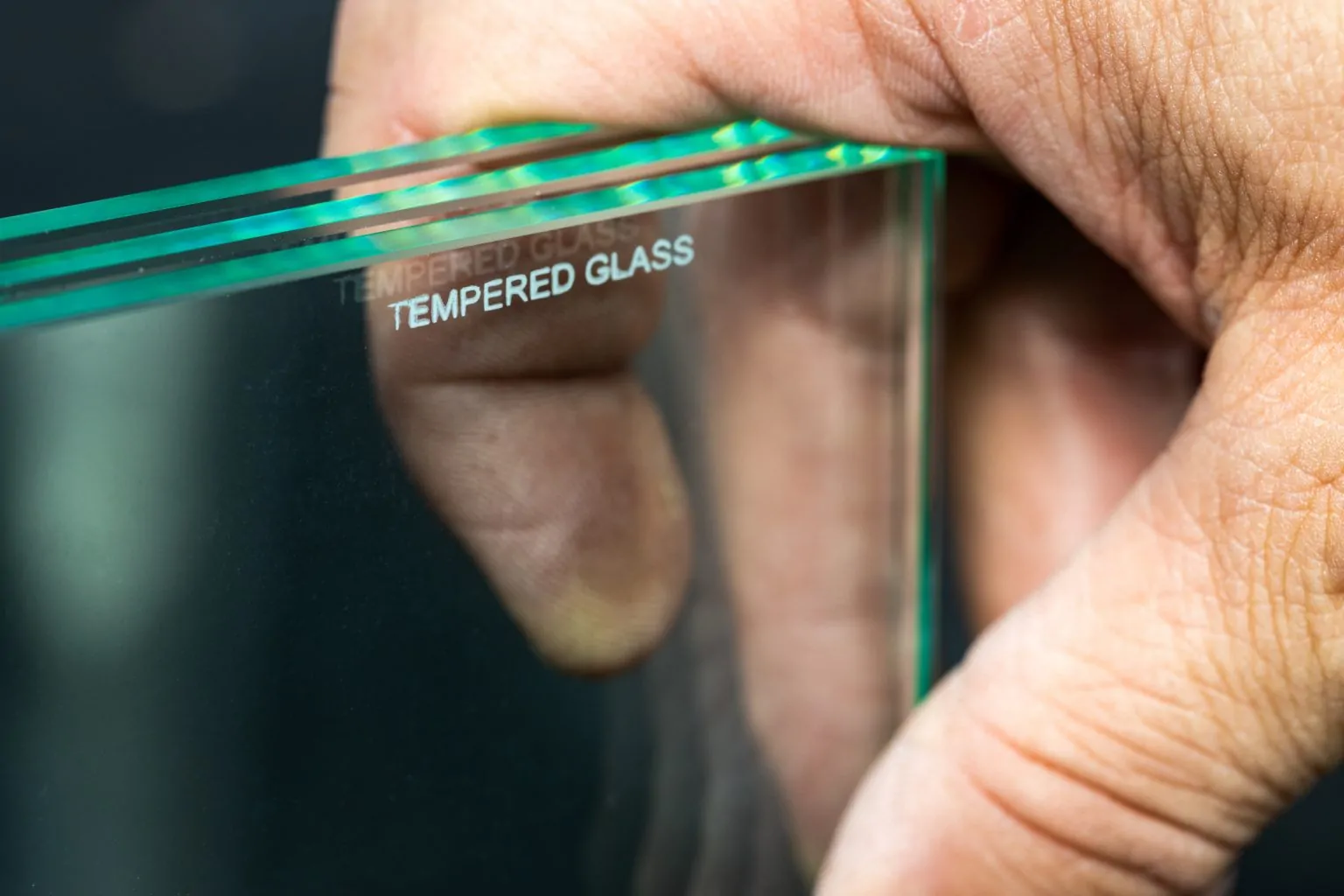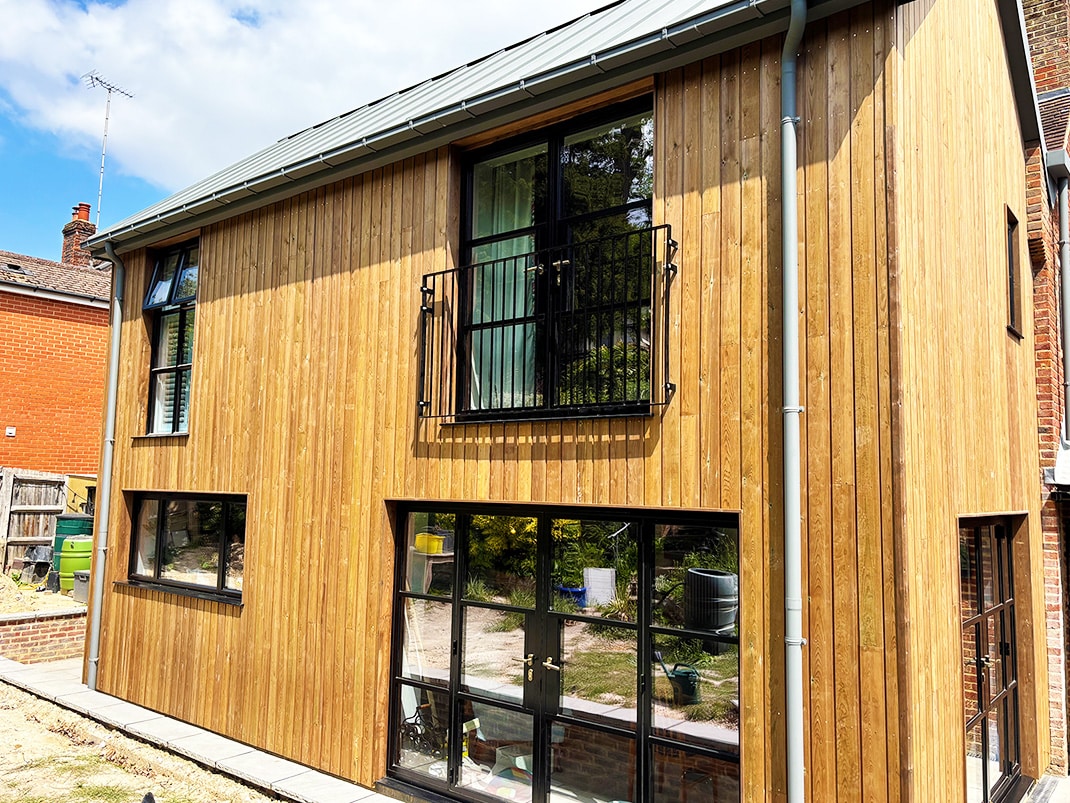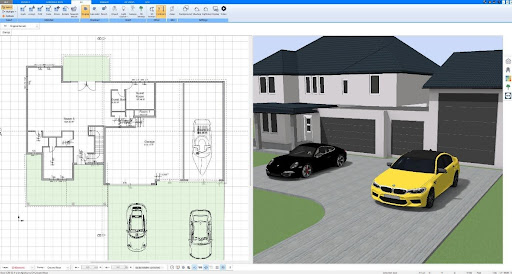Before choosing a drill bit, you should know the type of material and the size of the hole you are going to make. Typically, drill bits are available in a variety of sizes and are marked with an identifying number on the packaging. In addition, you can buy drill bits that are made of various materials, including metals.
Table of Contents
Size of drill bit depends on screw size
Choosing the right size of drill bit is critical for your construction project. Screws come in different sizes and your choice of bit should match the size of the screw. For example, a drill bit sized #8 should work for a 3/8-inch hardwood screw. For a 5/32-inch screw, you should choose a 11/64-inch tapered bit.
Before drilling, measure the screw size to find the correct drill bit size. The size of the drill bit should be slightly smaller than the diameter of the screw, including the threads.
Make sure you purchase a bit with a brad point for accuracy and safety. Also, make sure to center the shank of the drill bit in the drill bit slot jaws. The slot usually has three to four jaws.
Drill bits are available in many sizes and prices vary by type. The most common sizes are in one-mm increments and 0.5-mm increments. However, smaller drill bits are only available in specialist drill bit suppliers. If you are unsure of what size you need, consult a drill bit chart to determine what size drill bit you’ll need.
The size of drill bit will also depend on the size of the screw you’re trying to install. If the screw is small, a smaller drill bit will be sufficient. If the screw is large, consider buying a tapered drill bit. This will allow you to drill through it more easily.
Drilling a pilot hole before installing screws is an important step in woodworking projects. It allows the screw to move more smoothly and reduces the risk of cracking the wood.
However, to create a pilot hole, you must choose the right drill bit size. It’s not difficult, but it’s important to be sure. The wrong size drill bit can split the wood or create too large a hole.
Screw sizes are described by two numbers: gauge and size. The larger number indicates the larger screw, while the smaller one means a smaller one. While it’s not always easy to know the exact number, you can use the size of the screw and drill bit to ensure a proper fit. A guide can make sizing your screws easy.
Carbide-tipped drill bits are sharper
Carbide-tipped drill bits are much sharper than steel bits. These bits have high machining temperatures and can hold their sharpness for longer periods of time. They also have high torsional strength and are great for drilling metals. Carbide tipped drill bits also have longer tool life.
Carbide drill bits can withstand high temperatures and are therefore preferred for industrial applications. However, carbide bits are costly and are primarily used in industrial settings. While they are more expensive, they are also sharper and longer-lasting, allowing them to drill deeper holes without wearing down.
While the sharpness of carbide-tipped drill bits is often compared to HSS drill bits, the former has a softer edge and is therefore more suitable for drilling wood and softer metals. Carbide-tipped drill bits also require a slow running speed and coolant to ensure that they do not wear down too fast.
Cobalt drill bits are less expensive than carbide-tipped drill bits and offer self-centering tips, allowing for precision drilling. These drill bits are better for low-volume jobs and hardened materials, and they work well with manual drill presses. They are also suitable for fabrication work, woodworking, and metalwork.
High-speed steel drill bits are more durable
High-speed steel drill bits have several advantages over ordinary steel drill bits. They are harder and more resistant to heat, making them ideal for drilling into metal and most other materials.
They are also sharper, allowing for faster drilling and are ideal for wood drilling. The combination of high-speed steel and Cobalt makes them the most economical choice for most maintenance drilling projects.
Hardened steel drill bits are made of high-carbon steel and are heat-treated, quenched, and tempered to increase their hardness. Stainless steel, on the other hand, is a combination of chromium and nickel. Low-carbon steel, on the other hand, is naturally hard.
HSS drill bits are made of alloyed steel for a higher level of durability. Alloys like chrome-vanadium make them harder to flex, so they can last longer in high-speed drilling.
Other alloys add flexibility, impact strength, and a higher maximum working temperature. They are also more resistant to abrasion. This makes high-speed steel drill bits more resistant to abrasion than conventional drill bits.
The highest quality drill bits are coated with a protective material. Coating reduces corrosion and wear, and helps to increase drill bit durability. Drill bits come in a variety of lengths. The length of your drill bit will depend on the size of your project and the size of the hole. For example, a 1/2-inch drill bit is more durable than a 3/8-inch drill bit.
Another type of high-speed steel drill bits is cobalt. These drill bits contain five to eight percent cobalt. They are durable and heat-resistant, which makes them ideal for drilling hard materials. Cobalt drill bits are more expensive, but they are cheaper and easier to maintain.
Metal drill bits are versatile
Drill bits come in many types and are designed to be used in a variety of materials. Some are harder than others and will require more force to drill.
For example, hard metals such as stainless steel will require a harder bit to drill into them. These types of bits will often have an HSS label, meaning they are harder than standard steel drill bits. They can be found in diameters ranging from one to thirteen millimeters.
Metal drill bits can be a great choice for a variety of projects. They are used to bore holes into materials such as metals, solid wood furniture, porcelain, and glass. However, they are not as versatile as wood drill bits. Because of this, you’ll need to choose the right one for the task you’re working on.
Metal drill bits come in different lengths, which is a good thing if you’re working on a project that calls for a lot of drilling. Multitask bits can be used in all kinds of rotary drills and are designed to drill through a variety of materials. In addition to multitask bits, you can also find standard-length bits that are designed for specific uses.
The longest standard-length bit is the industrial/jobber bit, which is perfect for drilling in hard-to-reach places. The maintenance/mechanics bit is slightly shorter and less flexible than the jobber bit, but is still great for tough drilling situations. The shortest standard-length bit is the screw machine/stubby bit, which is best for drilling thin metals.
Most drill bits are designed with a point angle of 118 degrees, which is a general angle for most materials. The optimal angle of a drill bit depends on the material it’s drilling, so it’s vital to select the correct angle to suit your needs. Choosing the right angle will ensure the best drilling results.
High-speed steel is a popular choice for drill bits because of its higher red hardness and resistance to wear. It also offers better speed and allows for drilling into harder materials. High-speed steel drill bits are also compatible with a variety of coatings, including titanium nitride. These coatings can improve lubricity and extend drill bit life.





